Evaluation framework
Our Evaluation Framework is designed to measure the effectiveness and impact of our live music programmes. By outlining our goals, outcomes, and methods of evaluation, we aim to demonstrate how live music contributes to the wellbeing of people in health and care settings, including families and staff.
Aims
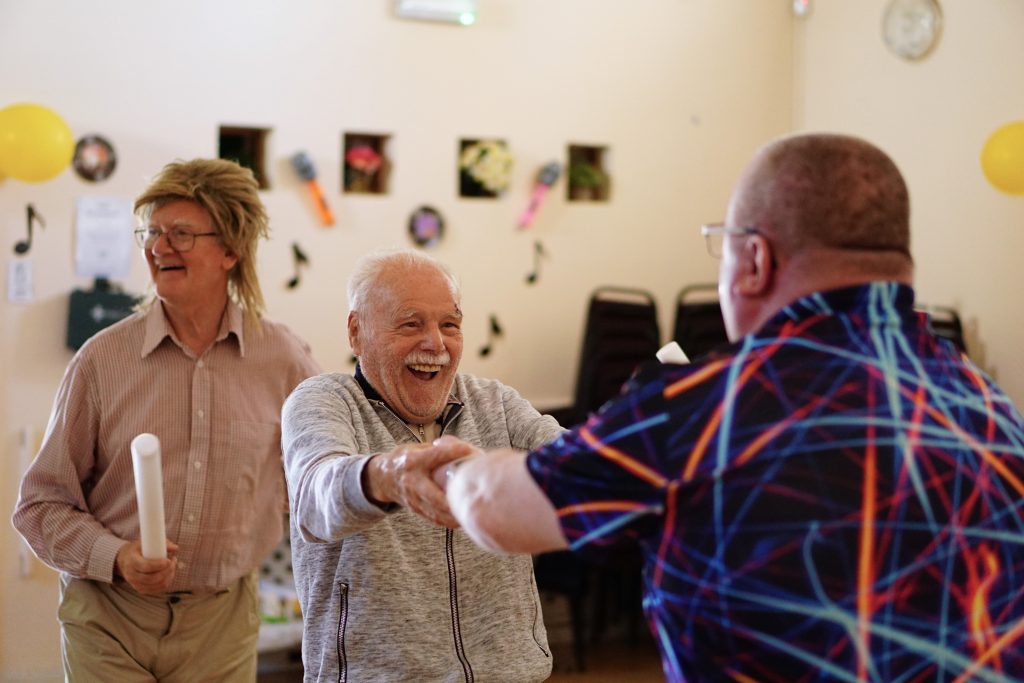
Impact
Provide evidence to show how live music improves health and well-being, benefiting patients, healthcare partners, musicians, and the wider public.

Learning
Continuously improve our work by evaluating feedback and learning from every performance.
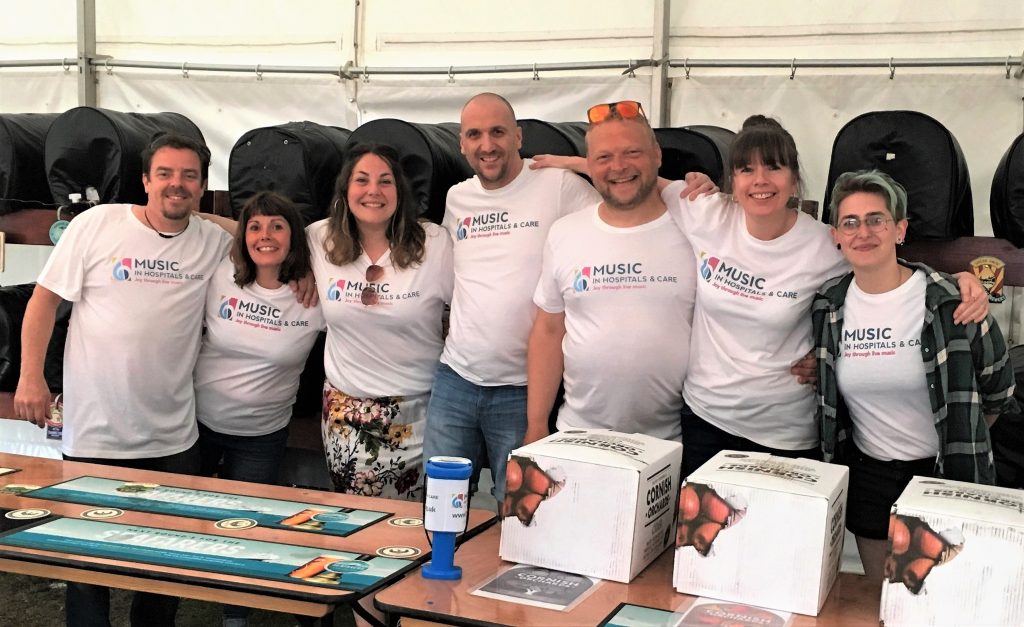
Sharing
Promote best practices in music and healthcare by sharing insights from our evaluations.
How we measure success
We gather feedback from patients, residents, service users, visitors, staff and musicians to assess how live music makes a difference in the short, medium, and long term. We use this to see if we are meeting the indicators for our outcomes. This helps us continually improve and ensure that our live music programmes are making a meaningful impact.
Immediate feedback

Musician feedback:
Collected through our database, including attendance data and qualitative insights, coded for analysis.

Health and care setting feedback:
similar to musician feedback, voice notes are also coded for fundraising and communications teams.
Health and care setting and patient surveys
choice and free-text options, assessing enjoyment, emotional impact, and connection.

Feedback postcards:
paper-based feedback manually entered into Beacon for evaluation.

Medium and long term
- Programme interviews:
informal mid-point and end-programme interviews assess progress and impact.
- Clinical feedback:
Collaborating with clinical teams to measure vital signs during live music.
- Musician focus groups and surveys:
Annual meetings and surveys explore the impact on musicians.
- Case studies
detailed stories highlighting the impact of live music.
Creative evaluation tools
Interactive activities support a variety of people to give feedback in fun and interesting ways. Whether it is through making some noise as a group in wall of sound, or contributing your experiences in a visual way over time in the tree of experiences, we want to understand our impact in creative and engaging ways which include as many voices as possible. These visual and participatory tools are customised to the needs of different groups and so help us gain feedback from people who may experience reduced movement or aphasia after a stroke or brain injury.
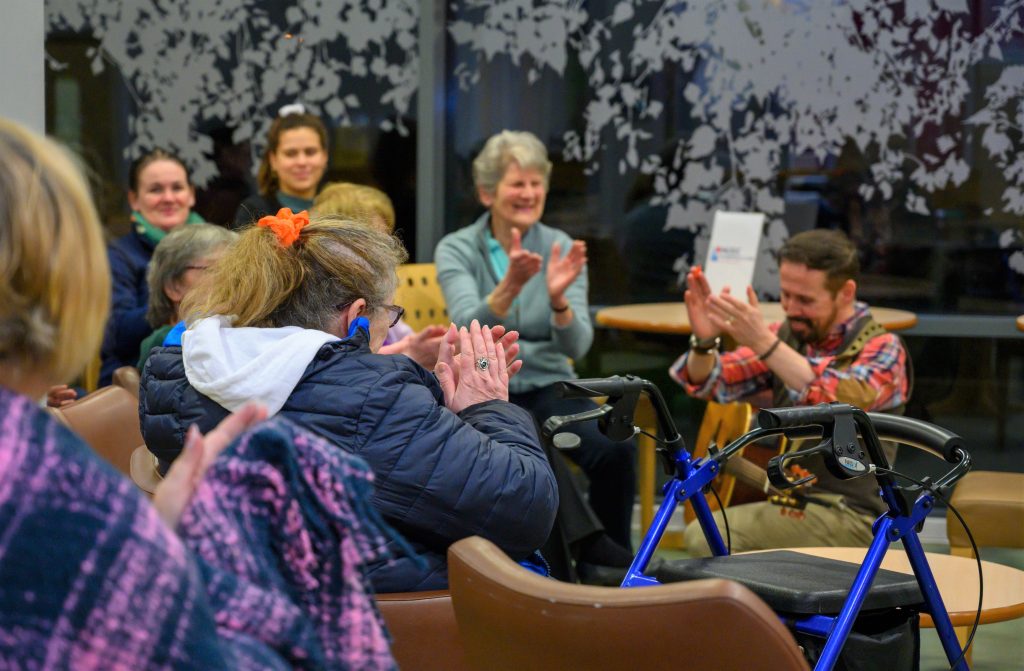
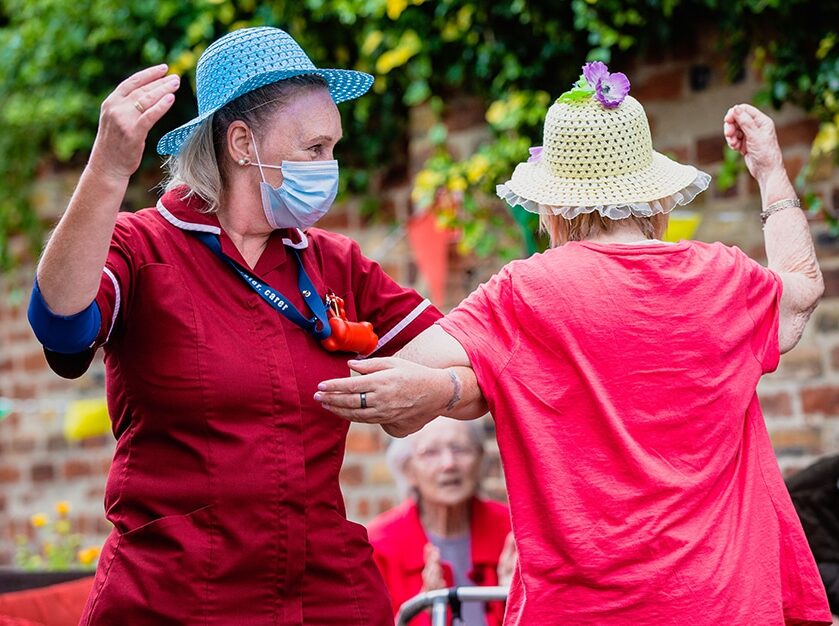
Co-design and stakeholder collaboration
Where possible, we will co-design evaluation tools with people in health and care settings, ensuring that they are relevant and accessible. This co-design process helps audiences understand the value of documenting the impact of live music, while tailoring the assessment tools to the unique needs of different groups. By engaging with patients, residents, service users, visitors and staff throughout the process, we create a sense of ownership and a stronger understanding of the value live music brings to various health environments.
Transparency and ethical considerations
Ethics and transparency are critical in our evaluation. We avoid collecting personal data unless absolutely necessary and ensure that any feedback collected cannot be traced back to individuals without their consent. Participants must understand that providing feedback is voluntary and that their input will not affect whether they receive future live music.
To protect privacy:
Data will be stored securely, with personal information anonymized wherever possible.
Consent forms will outline how data is used, ensuring compliance with GDPR and other relevant regulations.